Sparks and Spanners: Navigating the Intricacies of EV Maintenance
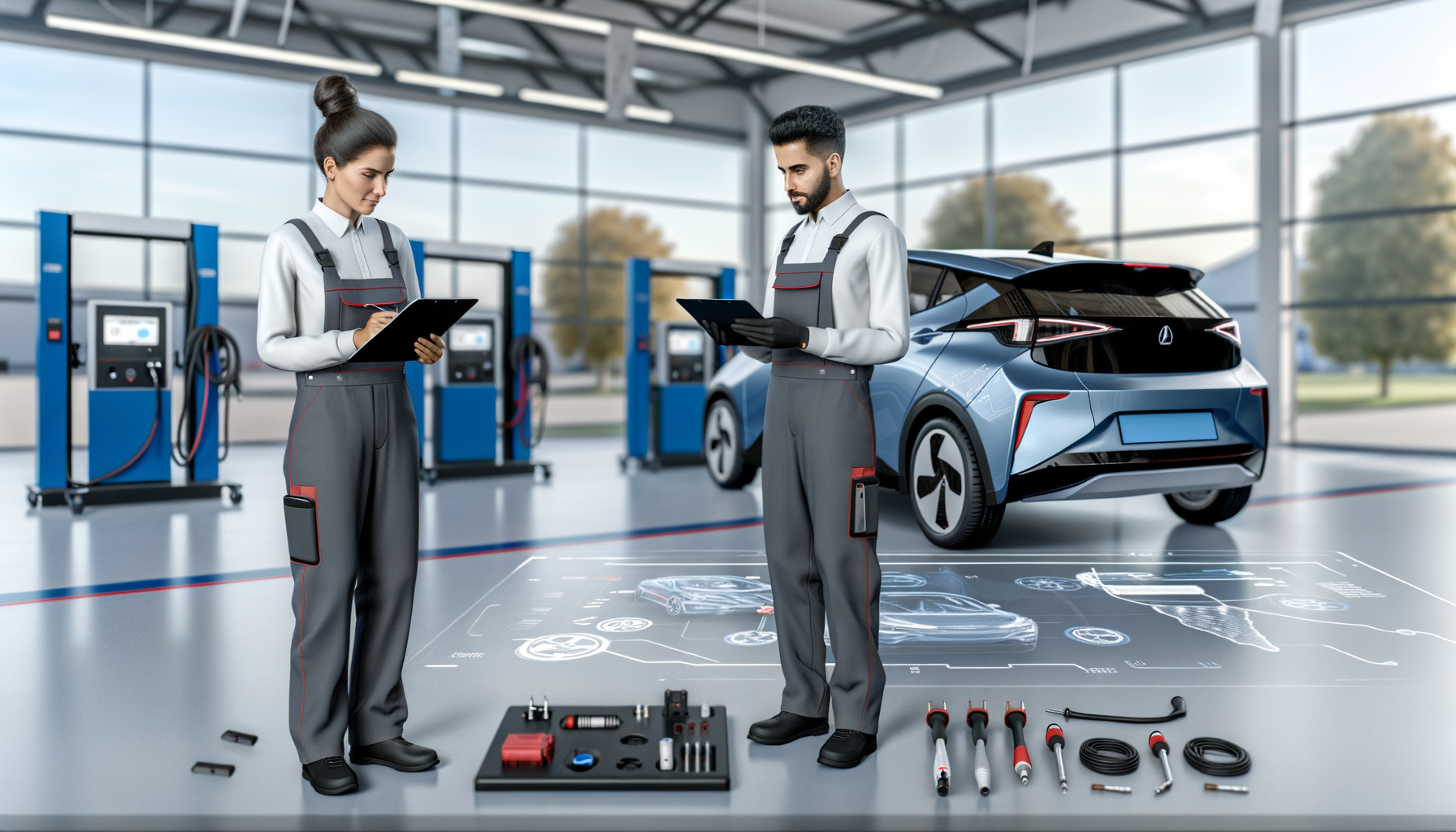
Understanding the EV Service Landscape
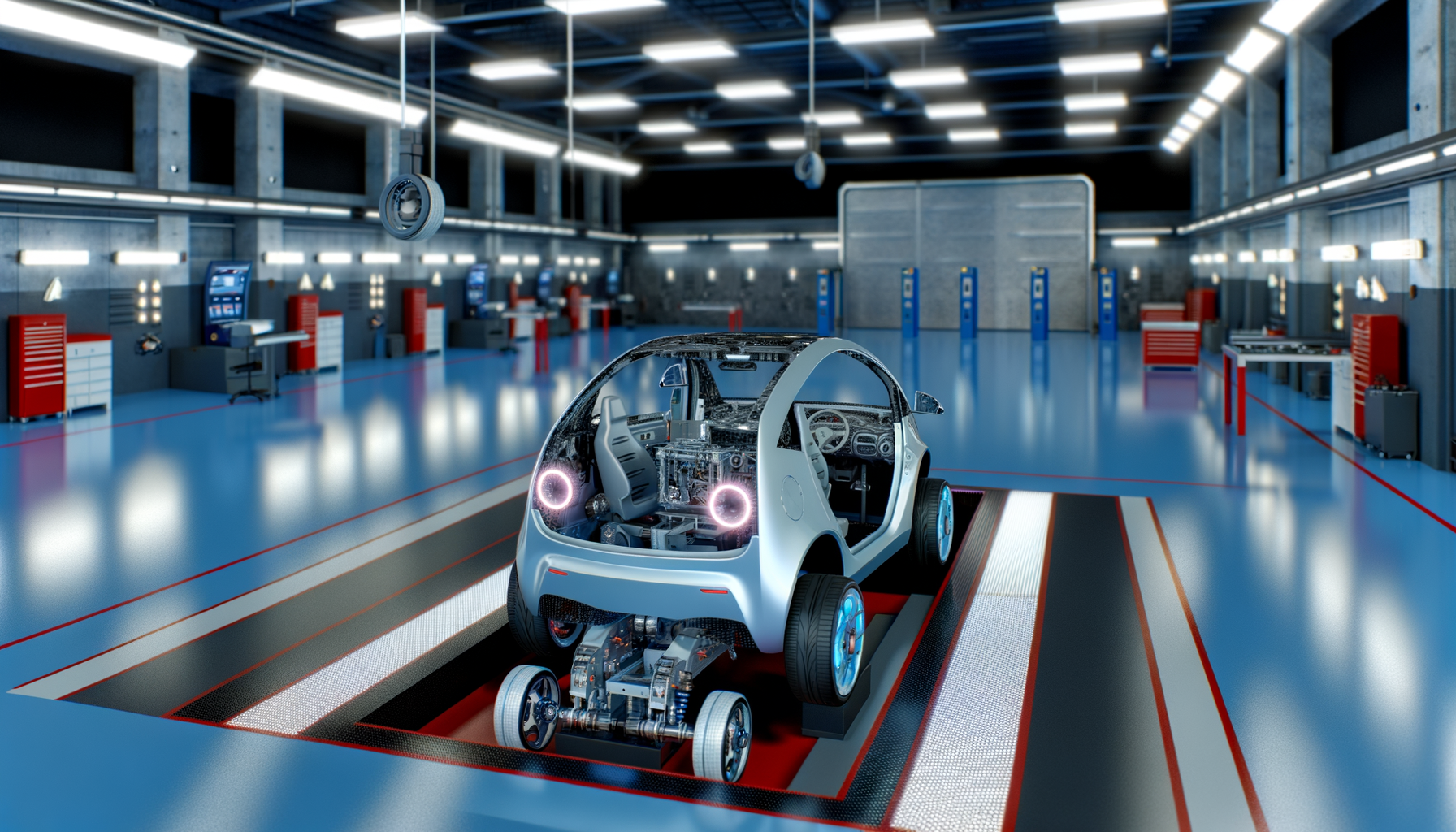
The shift towards electric vehicles (EVs) has transformed the service landscape, requiring dealerships to adapt to new technologies and customer expectations. With a 15% increase in EV-related repairs, the demand for specialized knowledge is greater than ever.
Dealerships must navigate OEM requirements for EV service training and equipment acquisition, aligning with industry trends to remain competitive.
A detailed analysis of current market data reveals that 68% of customers prefer digital service scheduling, prompting a need for enhanced digital interfaces and service management systems.
Overcoming Technician Training Barriers
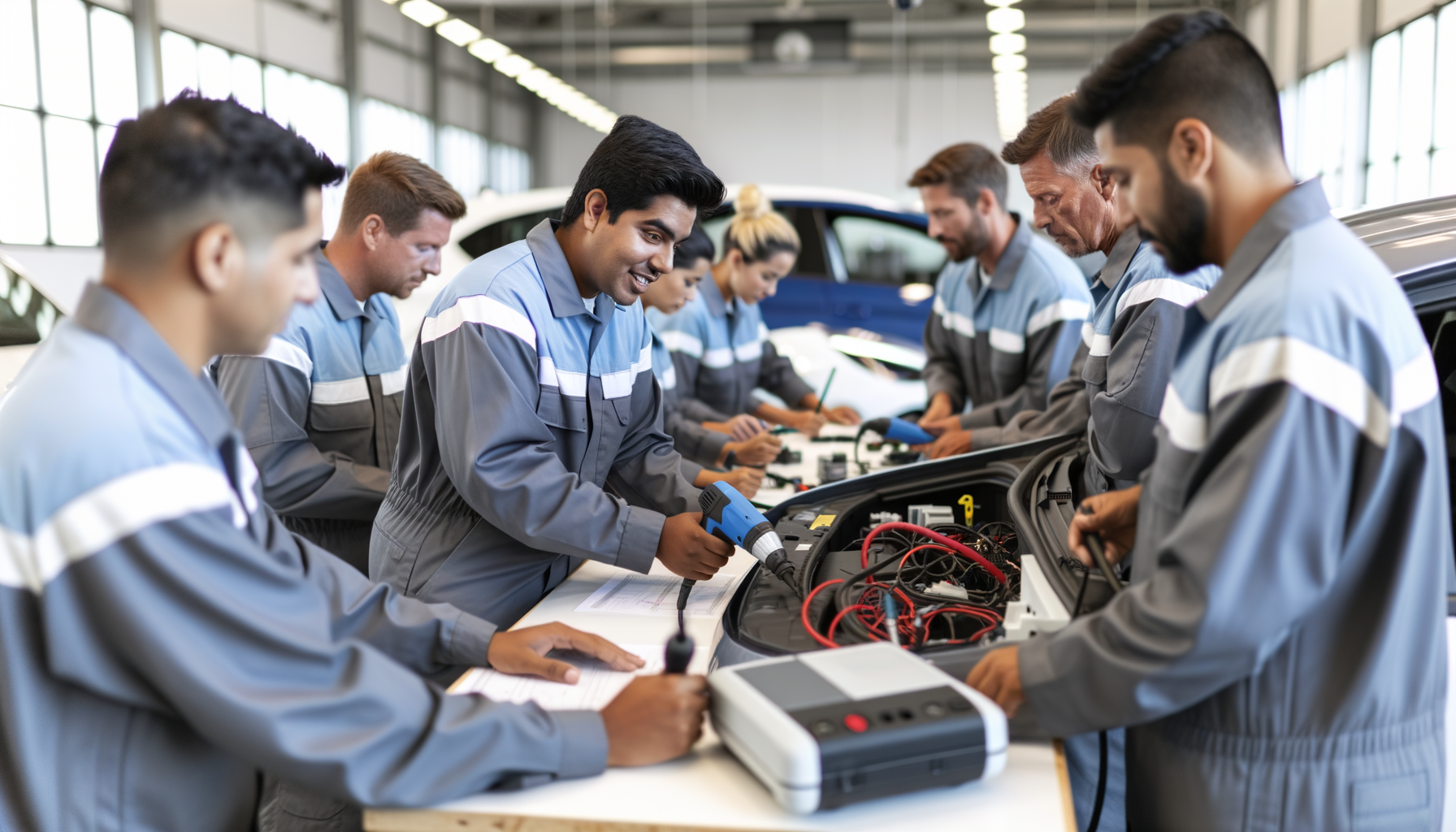
As technology evolves, the need for specialized EV technician training becomes paramount. Dealerships face challenges in sourcing and retaining skilled personnel adept in hybrid and electric vehicle systems.
Implementing robust training programs, supported by OEM partnerships, can bridge skill gaps and ensure technicians are well-equipped to handle complex EV repairs.
Here’s a step-by-step guide: 1. Assess current training capabilities; 2. Partner with established training providers; 3. Develop continuous learning paths; 4. Integrate hands-on workshops; 5. Measure training outcomes and adapt.
Essential EV Repair Equipment and Tools
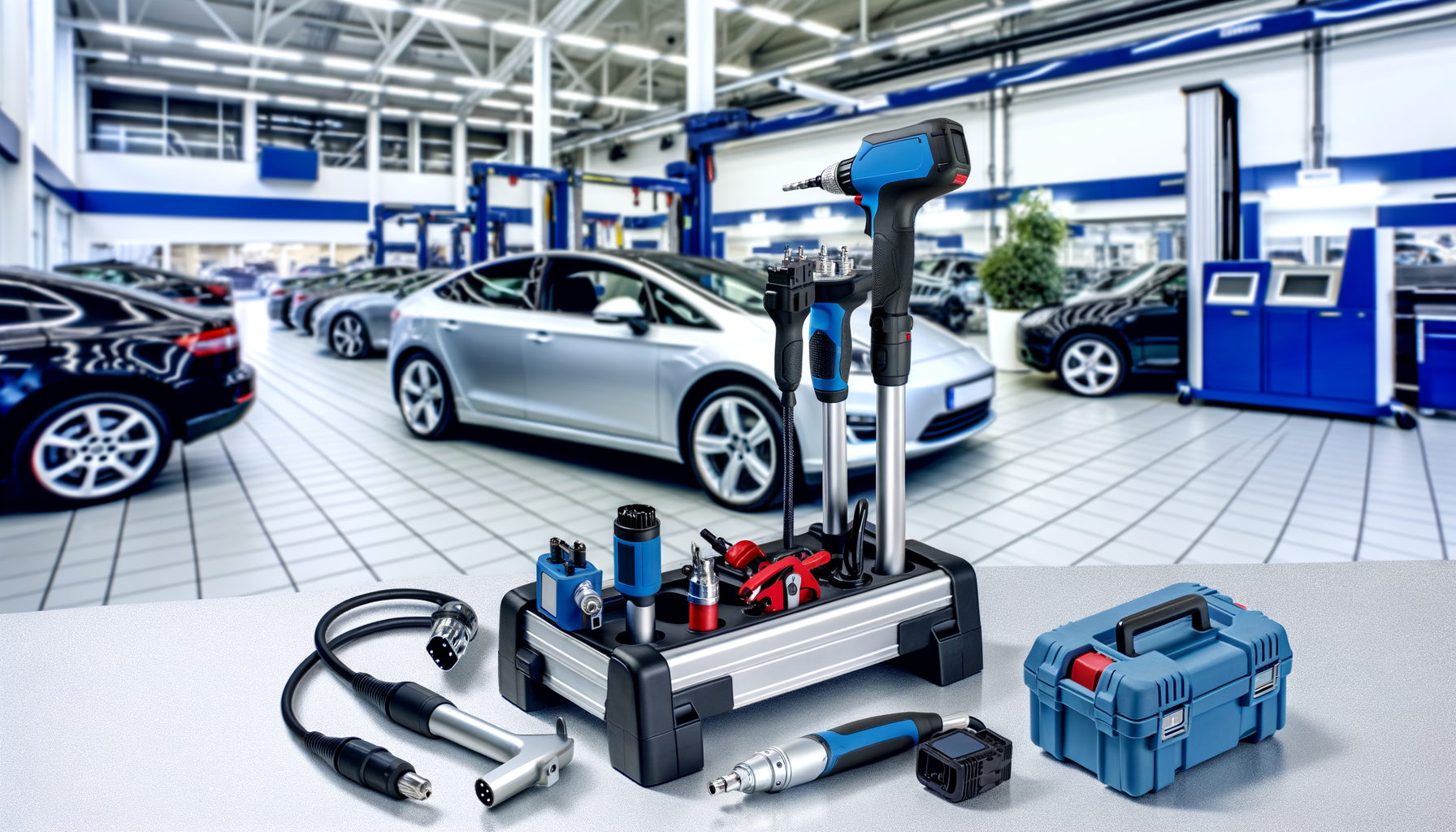
Equipping your service department with the right tools is crucial for efficient EV maintenance. High-voltage safety equipment, specialized diagnostic tools, and EV-specific lifts are essential.
Investments in these tools can lead to substantial efficiency gains, reducing service times and enhancing customer satisfaction.
Consider this equipment checklist: High-voltage gloves, insulated tools, battery diagnostics software, and EV lifts. Regularly update your inventory to incorporate the latest technology.
Optimizing Workflow and Efficiency in EV Services
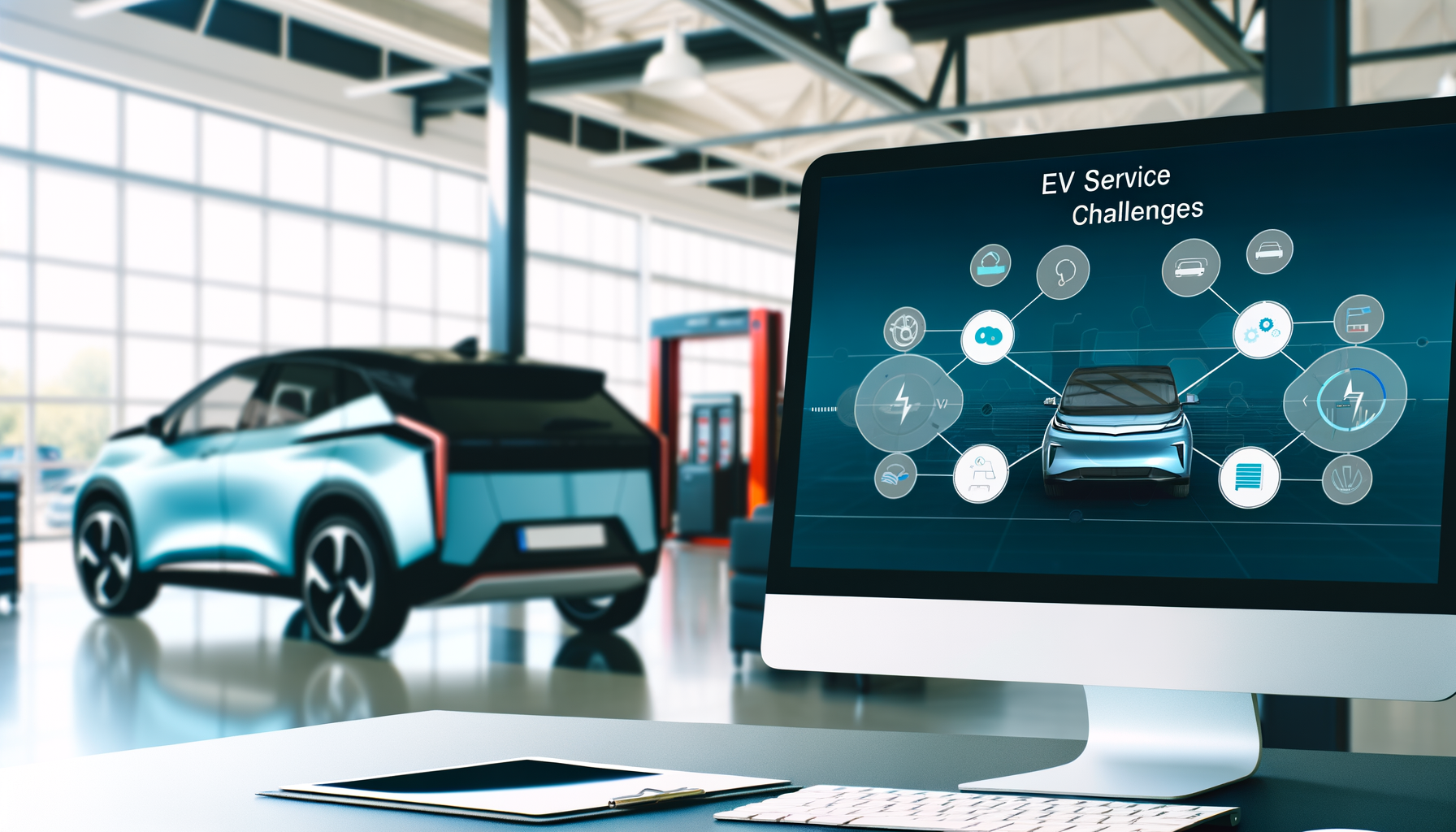
Streamlining workflows in EV service departments can drastically improve turnaround times and customer satisfaction. Automation and data analytics play a pivotal role.
Utilizing service management software like Auto Pro Solutions can automate scheduling, parts ordering, and track technician performance, enhancing operational efficiency.
Follow these steps: 1. Evaluate current workflow bottlenecks; 2. Implement digital service platforms; 3. Use analytics to monitor performance; 4. Continuously refine processes.
Enhancing Customer Satisfaction and Loyalty
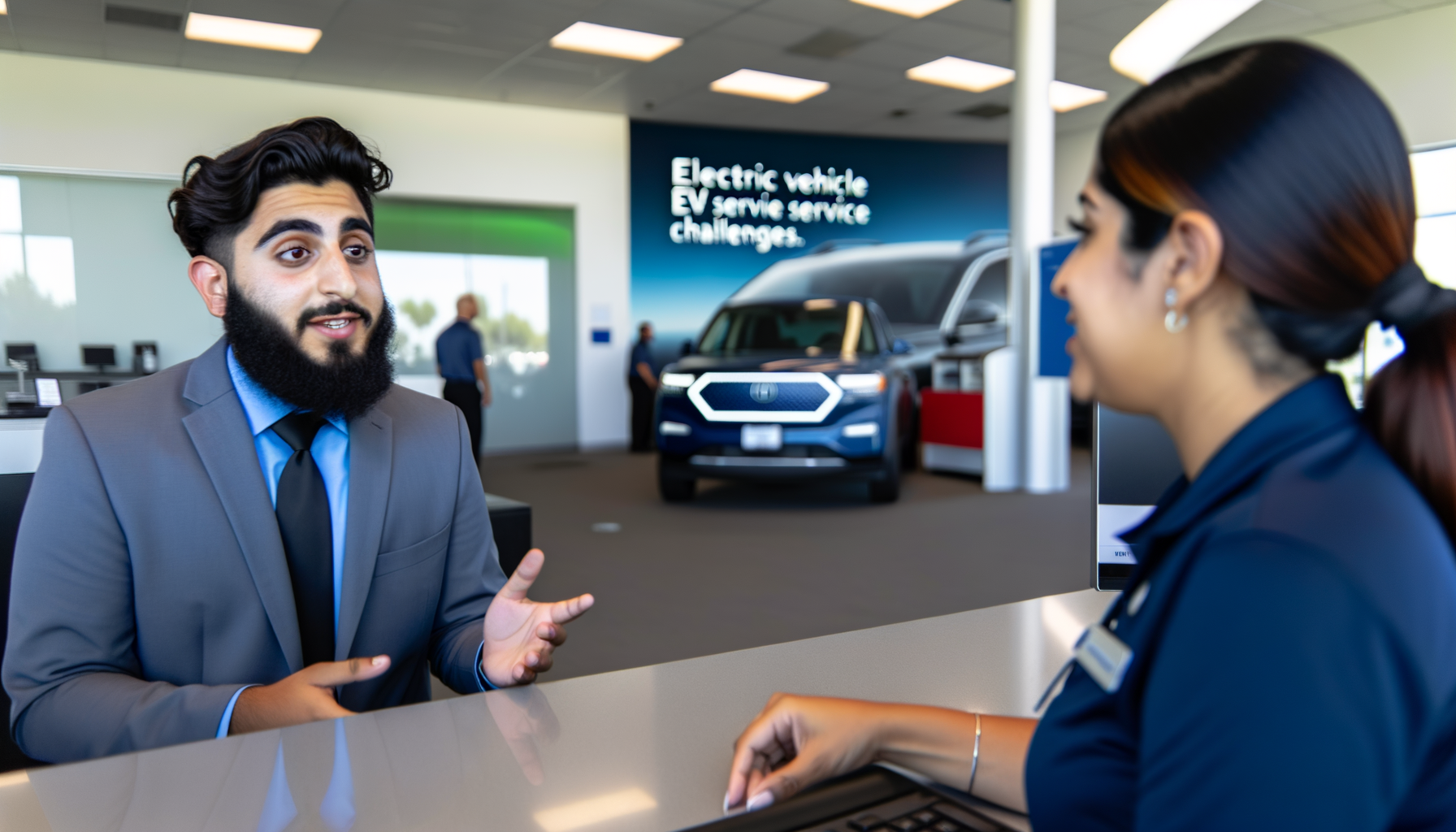
Customer satisfaction in EV services hinges on transparent communication, timely service delivery, and personalized interactions.
Leveraging CRM systems can help tailor customer interactions, ensuring timely follow-ups and personalized service reminders.
Step-by-step approach: 1. Segment customers based on service history; 2. Implement CRM for personalized communication; 3. Solicit feedback and adapt services; 4. Reward loyalty with incentives.
Calculating ROI: Measuring Success in EV Services
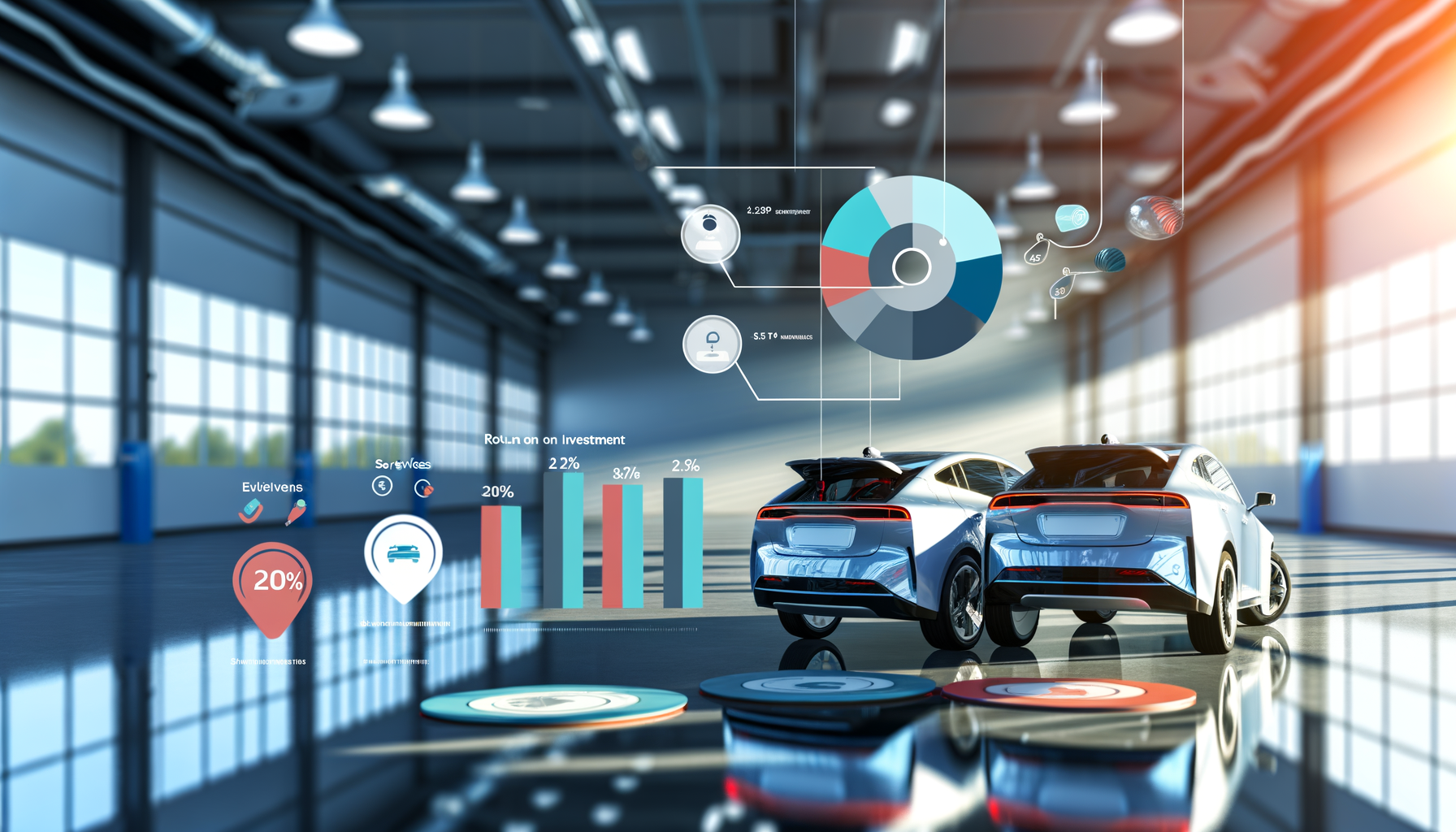
Measuring the return on investment (ROI) for EV services is critical for sustained profitability. Understand the key performance indicators (KPIs) that reflect service success.
Set benchmarks for service time, customer satisfaction scores, and cost savings achieved through efficiency improvements.
Use this formula to calculate ROI: ROI = [(Net Profit from EV Services - Initial Investment) / Initial Investment] x 100. Regularly review these metrics to identify areas for improvement.
Related Topics
Ready to take your service department to the next level?
Schedule your demo today and experience the power of Auto Pro Solutions.
Schedule Demo